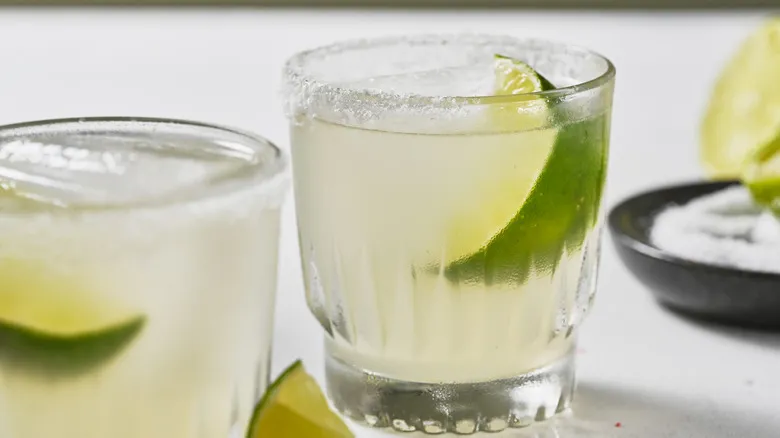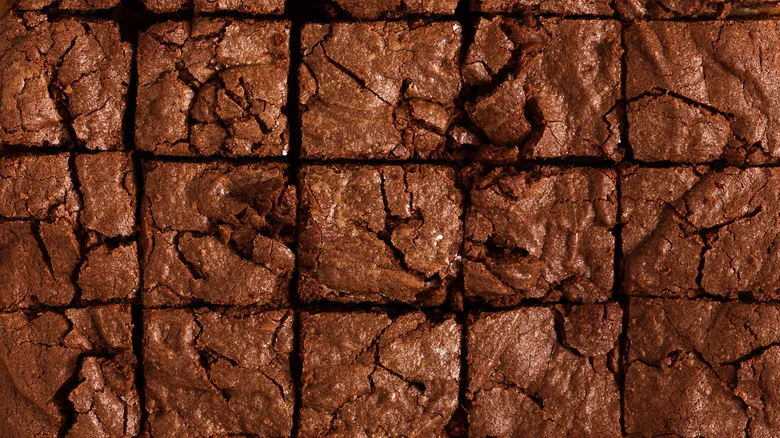Fresh eggs can significantly impact the outcome of baked goods, influencing texture, flavor, and overall quality. One of the primary reasons fresh eggs make a difference is their superior structure. The whites of fresh eggs are firmer, which contributes to better aeration when whipped, leading to lighter, fluffier cakes and meringues. The yolks of fresh eggs are also more vibrant in color, which can enhance the appearance and richness of baked items like custards and creams.
Moreover, the flavor profile of fresh eggs is typically more pronounced, adding a subtle richness and depth that can elevate simple recipes. Fresh eggs also have a lower water content compared to older eggs, which can be beneficial in recipes that require precise moisture levels, such as delicate pastries and cookies. This can prevent baked goods from becoming too dry or overly dense.
Lastly, using fresh eggs can contribute to better binding properties, essential for the structure and stability of various baked products. While not every recipe may require the use of the freshest eggs, for those that rely heavily on egg quality, such as soufflés, angel food cakes, or sponge cakes, using fresh eggs can make a noticeable difference in achieving the desired results.
Egg age matters for some things, but not others

While baked treats like cakes and cookies don't typically gain advantages from using fresh or older eggs, there is one notable exception: when whipping egg whites. Thinner egg whites from older eggs can create more volume when beaten, making them ideal for recipes like meringue or tiramisu. Just be sure that the eggs are still safe to consume.
So, how can you determine if your eggs are fresh? The purchase date and the sell-by date are useful indicators, but you can also perform the egg test: place an egg in a cup of water. If it lies flat on the bottom, it's fresh. If it stands upright but still sinks, it's older yet still safe to eat. If it floats, it's spoiled and should be thrown away.
Recommended
Next up






